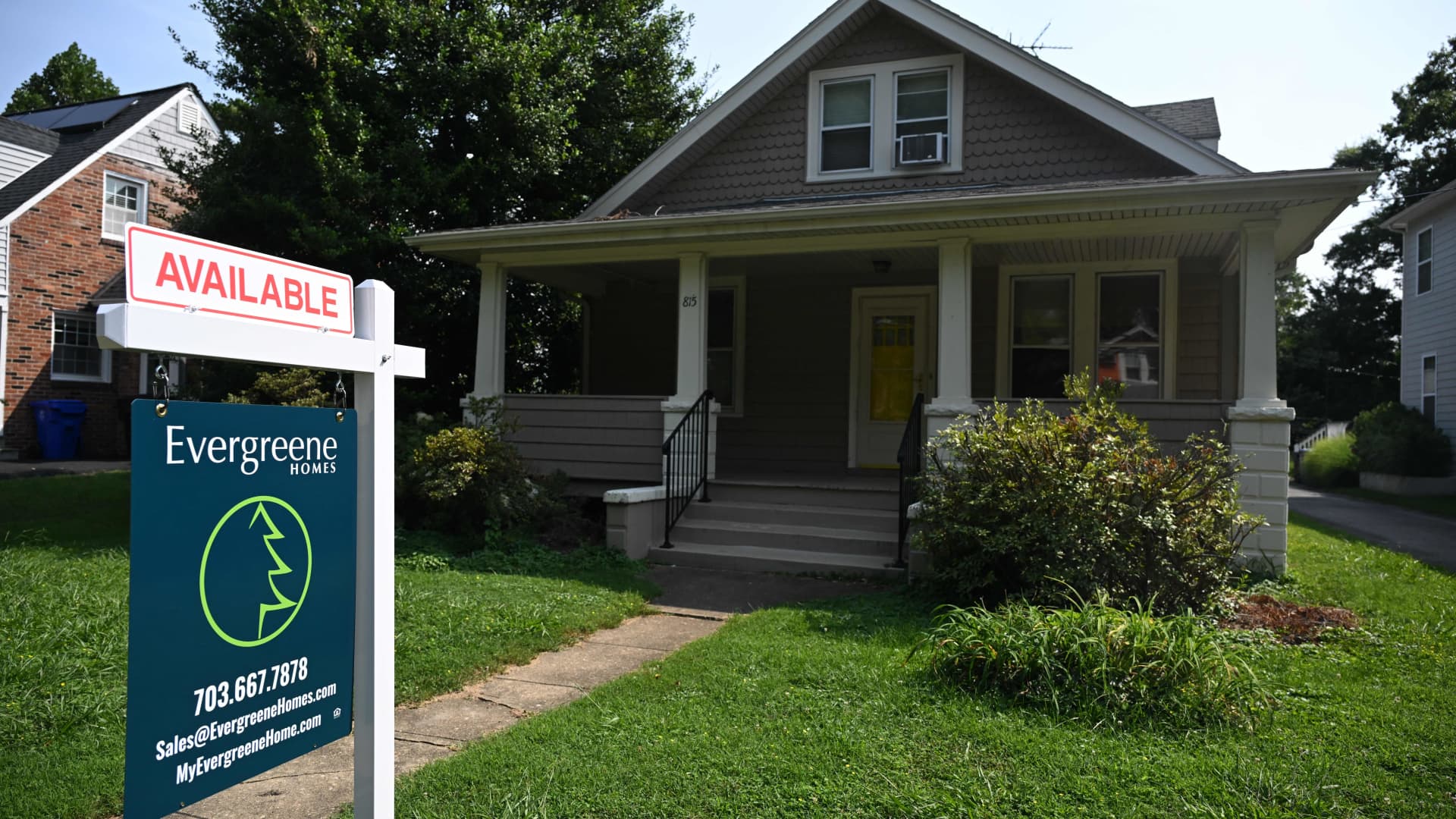Sales of previously owned homes fell 0.7% in August from July to a seasonally adjusted, annualized rate of 4.04 million units, according to the National Association of Realtors. Sales were down 15.3% from August of last year.
This read is based on closings for contracts likely signed in June and July, when the average rate on the popular 30-year fixed mortgage was in the high 6% range. It moved over 7% toward the end of July and stayed there, hitting affordability hard.
“Home sales have been stable for several months, neither rising nor falling in any meaningful way,” said Lawrence Yun, chief economist at the NAR, in a release. “Mortgage rate changes will have a big impact over the short run, while job gains will have a steady, positive impact over the long run.”
It is not, however, just higher rates hitting potential buyers. They are also not finding much on the market. There were just 1.1 million units for sale at the end of August, down 0.9% for the month and down just more than 14% year over year. Inventory is now at a 3.3-month supply. A six-month supply is considered balanced between buyer and seller.
Tight supply has turned prices decidedly higher again. The median price of a home sold in August was $407,100, up 3.9% from a year ago and the highest reported price for the month of August.
Yun said supply needs to double to moderate these price gains.
“Homeowners are in fine shape. It’s Realtors and mortgage brokers that are challenged, and renters are frustrated,” said Yun.
Sales continue to be weakest on the lower end of the market, where there is the least supply. While sales were down across all price points, they were nearly flat for homes priced above $1 million, and in that range they were actually higher in both the South and the Midwest.
“Already, rising homebuying costs and falling rents have tipped the monthly rent vs. buy tradeoff in favor of renting in the overwhelming majority of the 50 largest metropolitan areas,” said Danielle Hale, chief economist at Realtor.com, in a release. “This is true not only in tech hubs like Austin and San Francisco, but also affordable markets like Columbus, Ohio.”
